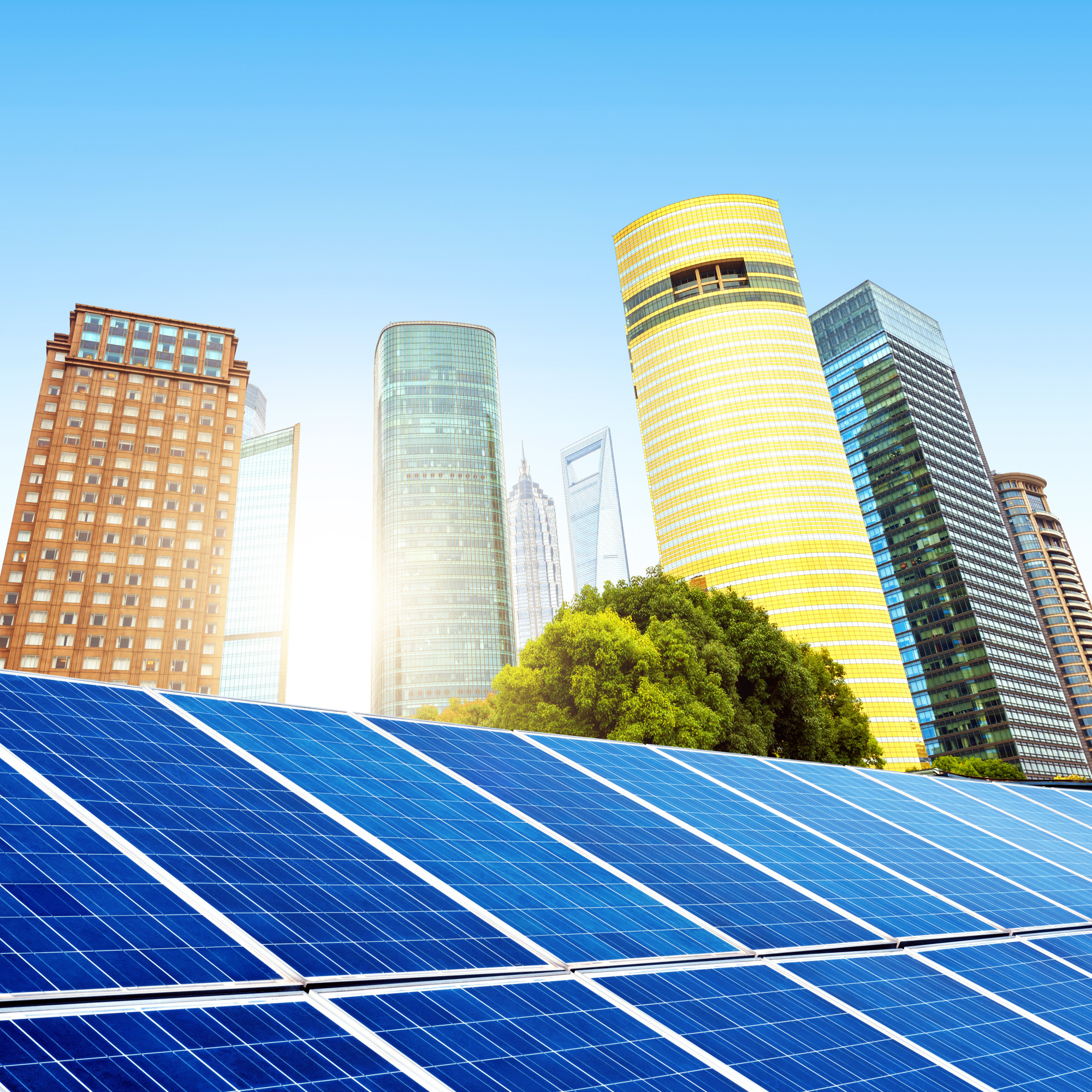
5 Ways Your Office Can Save Energy With Your Construction
Our planet is demanding that we do more with less. It’s about time we listened.
Construction is at the forefront of this kind of innovation. Not only does construction require a huge investment of energy and materials, but the buildings it produces will also consume energy for decades to come.
If you’re building a new office or updating an old one, it’s a great opportunity to do your part.
Here are 5 ways that energy efficient buildings can influence your office design.
1. Insulation
Insulation is one of the oldest forms of energy-efficient construction out there. Yet many older buildings still fall short of their potential.
New, more efficient materials are making insulation more potent all the time, so it pays to use the latest materials. The return on investment alone is often enough to cover the costs.
Even replacing doors and windows with better-insulated equivalents can improve a building’s energy-efficiency without other major renovations.
2. Lighting
The LED lighting revolution is well underway, but many older buildings still use inefficient forms of lighting.
Office buildings often have their lights on throughout the day, so it’s easy to see how even a small efficiency gain could yield large returns. And LED lights are no small improvement — they use around half the wattage of fluorescent lighting.
There have also been major improvements in opportunities for natural lighting. You can find more info here about just one possible solution to bring more natural light into a space without the need for active lighting.
3. Renewable Energy Sources
In recent years, it has become more practical than ever for buildings to provide a significant portion of their own power.
Solar panels remain the most popular option for this, and their uptake in residential and commercial properties has continued to increase.
Not only does a solar-powered building save on energy costs, but it also doesn’t draw as much power from the grid. That means that the building is less likely to be drawing energy sourced from non-renewable fuels.
4. Building Orientation
Energy-efficient construction isn’t all about materials. It’s also about environmental factors. If you’re not actively fighting the environment to maintain ideal conditions, then a building a can be more efficient with its energy use.
In northern hemisphere temperate zones, south-facing buildings can cut down on a building’s heating costs. Likewise, warmer climates can avoid the use of AC by aligning buildings facing west or east.
5. Feedback Technology
Working in an office, you already know the role reporting tools play when it comes to improving efficiency. It’s no different in the energy world.
A building with robust ways of reporting energy usage can analyze worrying trends and identify areas for improvement, information that can help us build a more energy-efficient environment over time.
These monitoring tools give building managers much greater control over the building’s power consumption, and can even help turn efficiency initiatives into business-wide projects.
How Energy Efficient Buildings Can Transform Your Office
Energy efficient buildings are one of the foremost topics of the future construction industry. By bringing the future to the present, you can incorporate energy-saving features in your new office space.
Check out our other articles for more exciting news about the future of construction.
